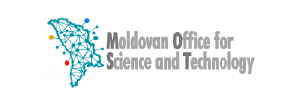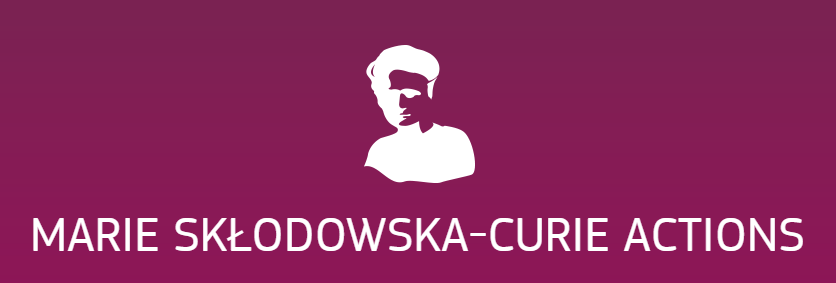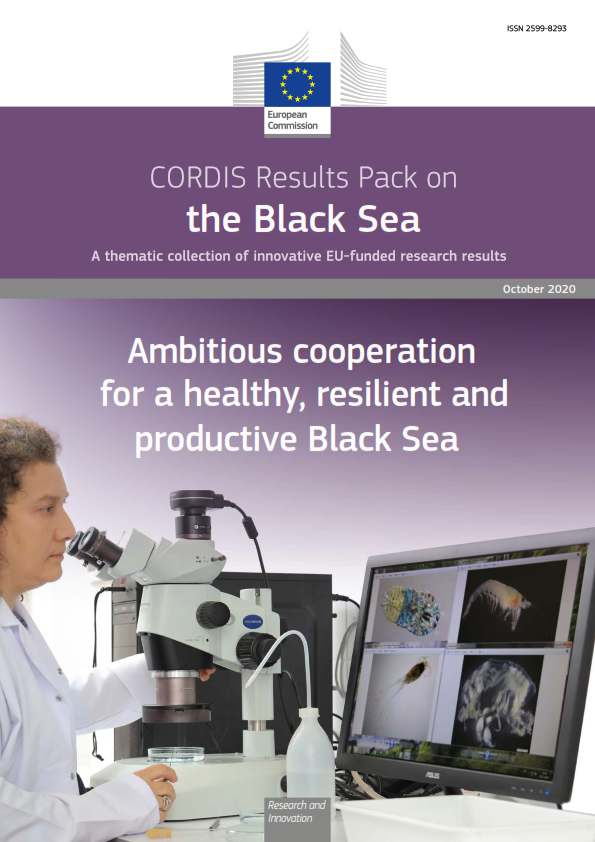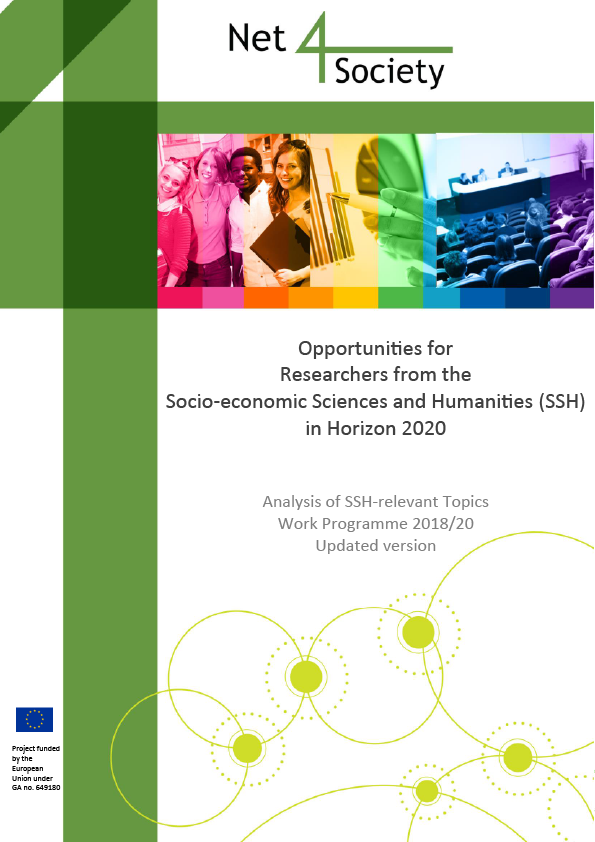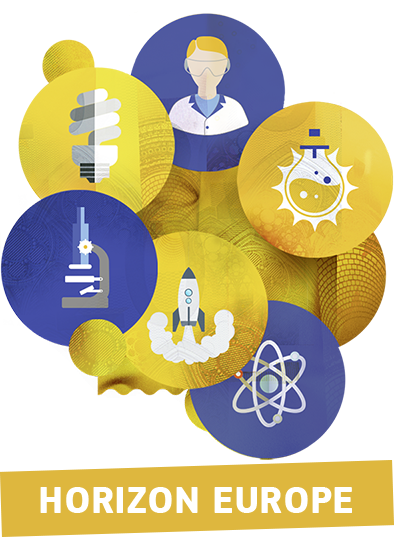Main pillar:
- Nanotechnologies, Advanced Materials, Advanced Manufacturing and Processing, and Biotechnology
Budget:
Currency:
Call deadline:
Statut:
- Open
Description:
Specific Challenge:
On one hand the lifetime of electronics is becoming shorter, now approaching an average in the range of months; this evolution generates technological challenges and poses a growing ecological problem. On the other hand, paper is ubiquitous in everyday life and it is one of the cheapest materials in our society. It is renewable, portable, flexible and in addition cellulose, its main component, is the Earth’s major biopolymer and has an essential economic importance in Europe, which is responsible for 30% of the world’s total production. Paper Electronics represents a new concept which combines the use of paper as a functional part of electronic components or devices. Typical applications include packaging, graphics, novel diagnostic systems and hygiene products for indicating product safety or freshness, support logistics, health-care and safety for example.
Paper-based electronics shows promising technical, economic, and environmental advantages which will allow new recyclable electronics devices like paper displays, smart labels, smart packaging, bio-and medical applications, PoC devices, RFID tags, disposable electrochemical sensors among others. Paper-based electronics represents a promising source of innovation and growth for sectors such as packaging industry which develops smart solutions able to interact with the end users or classic paper publishing industry which are facing challenges from electronic books and journals, healthcare industry which intensify the development of quantitative biosensing, microfluidic and lab-on-chip devices.
Scope:
The proposal should address the physical, chemical and engineering challenges linked with the use of paper as substrate as well as active components of the electronic devices: it includes the development on new technologies for paper manufacturing (fiber enhancement, porosity, fillers, etc) and converting, new paper coatings (organic, inorganic or hybrid), paper surface characteristics and functionalization (nanocellulose functionalization, plasma or gas treatments, bio and chemical modifications for instance) but also heterogeneous integration of high-added value electronic components on paper and introduction of new materials (conductors, semiconductors, insulators, electrochromic, batteries electrodes). The proposal should develop high-precision, cost efficient, and high output printing or other manufacturing technologies on large area (inkjet, screen printing amongst others, and sheet-to-sheet or roll-to-roll processes). The proposal should also address recyclability and eco-design aspects.
The implementation of this topic is intended to start at TRL 3 and target TRL 5.
This topic addresses cross-KET activities.
The Commission considers that proposals requesting a contribution from the EU between EUR 5 and 8 million would allow this specific challenge to be addressed appropriately. Nonetheless, this does not preclude submission and selection of proposals requesting other amounts.
Expected Impact:
- To develop a new disruptive and sustainable paper-based platforms for electronics that not only integrate discrete devices but also use the cellulose as an electronic material for insulators, electrolytes, conductors, and semiconductors;
- To use the same paper substrate that supports the electronics to also drive a bioplatform or a display, process source video data, or provide the power source through an embedded chemical battery;
- Reduce the environmental impact of electronics;
- Consolidate paper making industries and wood-harvesting industries;
- In long term, the developed technologies should pave the way for active, full color, video-rate reflective displays that perform well in high-light conditions, achieving performance equivalent to classical electronics (i.e. for display devices, a contrast ratio from 10:1, reflectivity of over 80%, full color, etc.);
- Creation of new markets and new business opportunities for the European industry fulfilling or anticipating consumer needs in this area.
Proposals should include a business case and exploitation strategy, as outlined in the Introduction to the LEIT part of the Work Programme.


